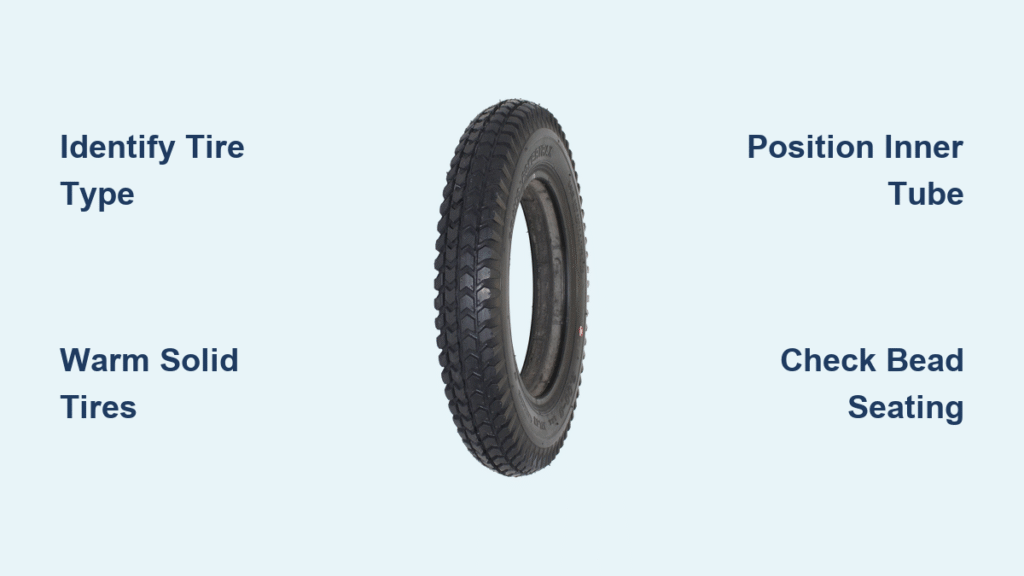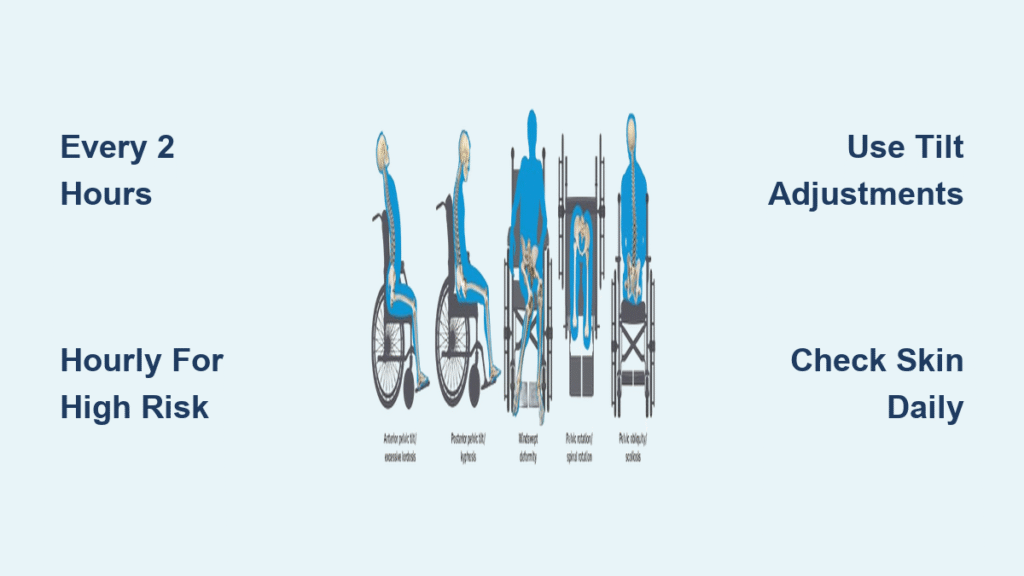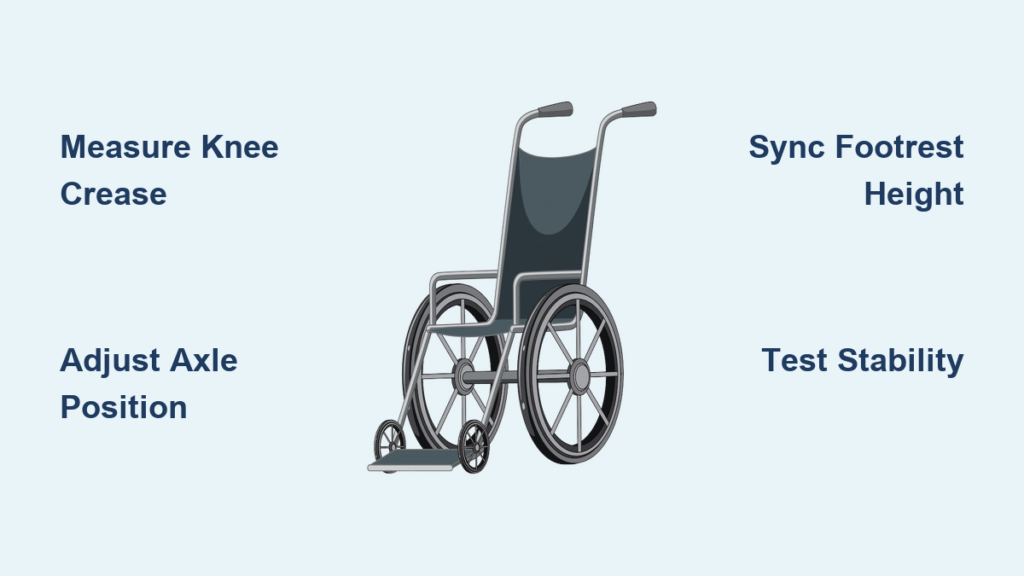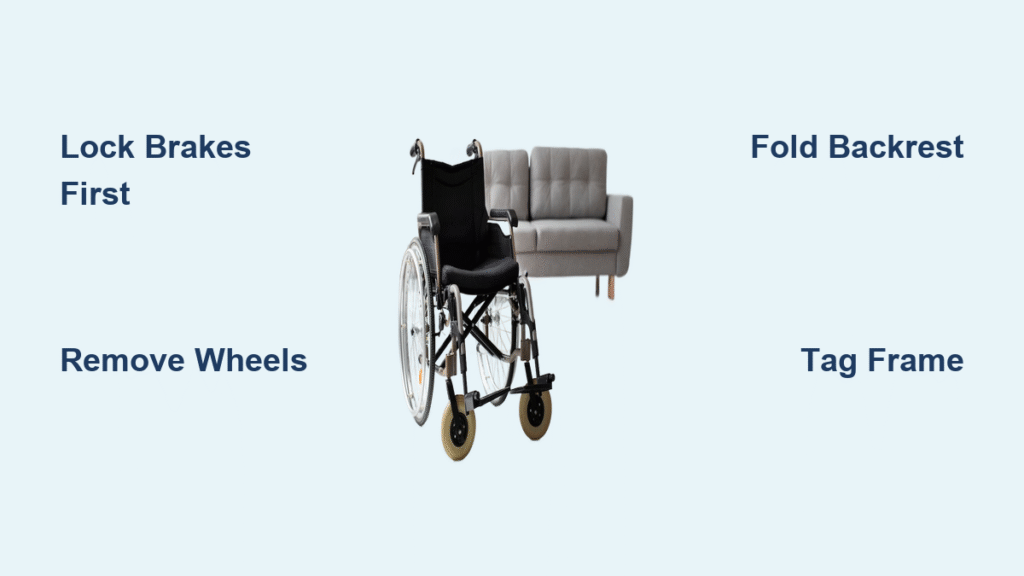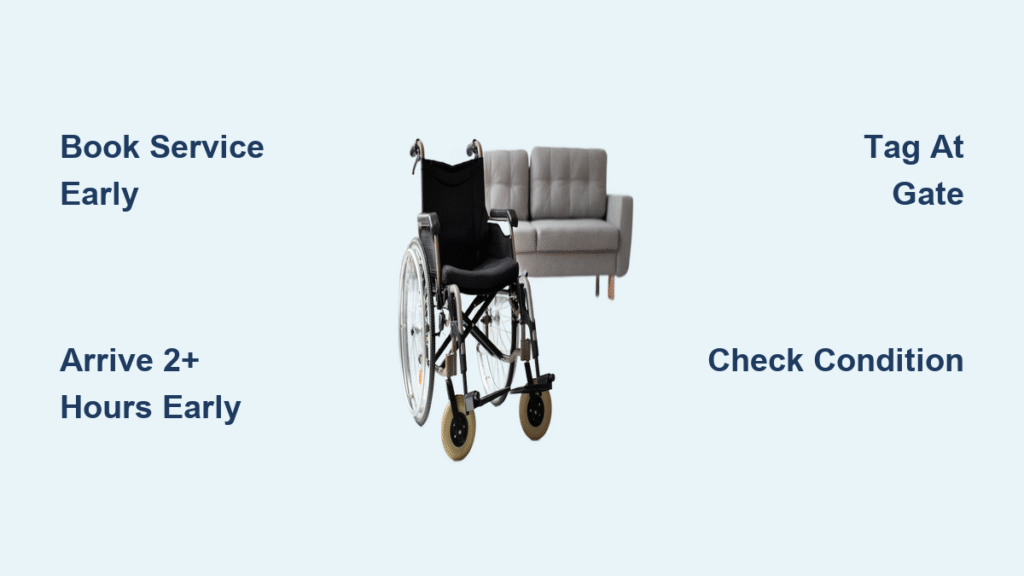You’re halfway across campus when your wheelchair suddenly lurches – a flat tire halting your independence. Instead of waiting days for repair shops or paying $40 per wheel for professional service, learning how to install wheelchair tires yourself puts mobility back in your hands. Most replacements take just 30-60 minutes with basic tools, whether you’re wrestling with stubborn solid rubber or delicate pneumatic tubes. This guide transforms you from stranded to self-sufficient, covering every critical step for both tire types while avoiding costly mistakes that compromise safety.
Replacing wheelchair tires isn’t just convenient – it’s a necessity for active users who can’t afford downtime. With 75% of manual wheelchair breakdowns involving wheels or tires, mastering this skill prevents dangerous stranding situations. You’ll discover why proper rim width matching prevents slippage, how to avoid pinching inner tubes during installation, and why skipping the final safety checklist risks catastrophic failure. Let’s get your wheels rolling reliably again.
Solid vs. Pneumatic Tire Identification Guide
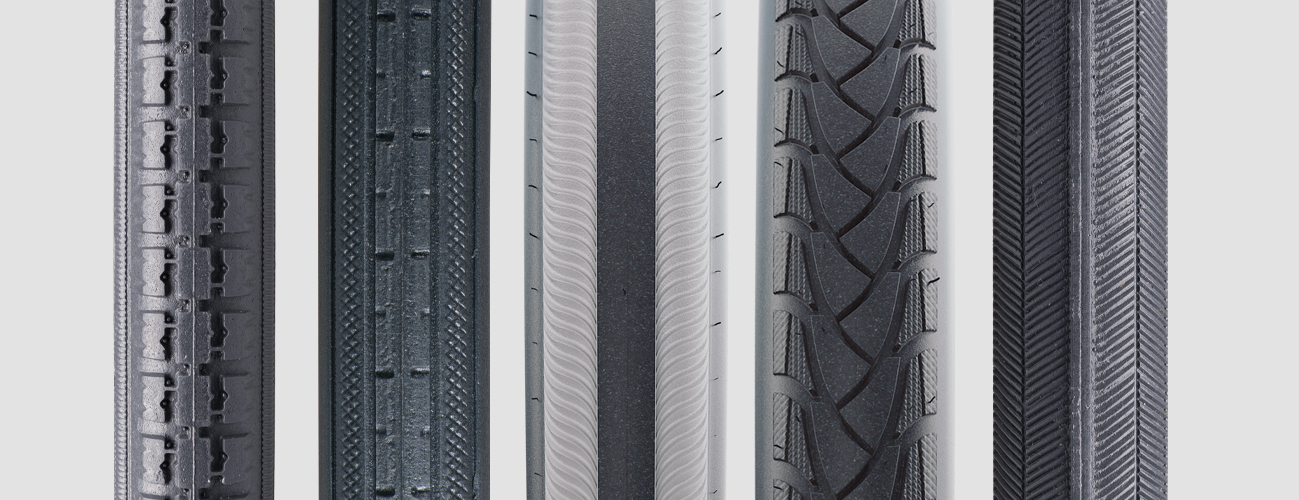
Confirm Your Wheelchair Tire Type First
Mistaking solid for pneumatic tires causes 80% of installation failures. Solid tires arrive noticeably smaller than their target rim size and require aggressive stretching, while pneumatics have visible valve stems and inner tubes. Check your tire sidewall immediately:
- Solid tire markings: 24″ x 1-3/8″ (diameter x width) or metric codes like 37-540
- Pneumatic tire markings: Always include “TUBE TYPE” or “INNER TUBE REQUIRED”
Critical rim width check: Standard 24″ x 1-3/8″ solid tires only fit rims 18-21mm wide. Measure your rim with calipers – use 24″ x 1″ tires if your rim is narrower (16-18mm). Installing mismatched tires causes dangerous slippage during sharp turns.
Why Tire Type Dictates Your Entire Process
Solid tires skip inflation but demand brute force: Their one-piece construction means no tubes to pinch, but requires warming the rubber and strategic lever work to stretch onto rims. Pneumatic tires need precise bead seating and inflation control – rushing this causes blowouts. Always verify your type before removing tools; grabbing tire levers for pneumatics or pumps for solids wastes critical time when you’re stranded.
Exact Tools Needed for Flawless Installation
Non-Negotiable Equipment Checklist
For both tire types:
– Correct replacement tire (verified by sidewall specs)
– Heavy-duty tire lever (standard auto levers fail on wheelchair rims)
– 3-4 cable ties (for solid tire positioning)
– Precision wrench set (metric for most modern chairs)
– Small container for hardware (axle bolts cost $25+ to replace)
Pneumatic-specific additions:
– Digital pressure gauge pump (hand pumps lack accuracy)
– Valve core tool (for stubborn deflation)
Pro safety tip: Lay a non-slip mat under your work area. Dropping axle bolts onto concrete often cracks them, creating immediate safety hazards during reinstallation.
Wheel Removal: Avoid Frame Damage Mistakes
Front Caster Disassembly Without Wobble
90% of post-installation caster wobble stems from incorrect reassembly. Follow this sequence:
1. Position wrenches on both sides of the caster axle bolt
2. Turn counterclockwise while stabilizing the fork assembly
3. Catch the caster as it releases – never let it drop
4. Label washers/spacers with tape showing original order
Critical check: Spin the bare caster fork. If it wobbles or binds, clean hair/debris from bearings before installing new tires – otherwise you’ll repeat the process in days.
Rear Drive Wheel Removal Tactics
Quick-release wheels (most common):
– Press the hub button while pulling outward – forcing the wheel without pressing causes spindle damage
– Listen for the “click” confirming spindle disengagement
Bolt-on wheels (older models):
– Loosen nuts 1/4 turn at a time on both sides to prevent hub binding
– Note spacer sequence – reversing them creates brake misalignment
Never skip: Place removed wheels on a soft surface. Rim dents from concrete impacts require $100+ replacements.
Solid Tire Installation: Stretch Without Slippage
Warm-Up and Positioning Protocol
Cold solid tires resist stretching – skip this and you’ll crack the rubber. Warm tires for 15 minutes in direct sunlight or warm water (not hot – >120°F degrades rubber). While warming:
– Position the tire’s thickest section opposite the valve stem area
– Secure the starting point with a cable tie wrapped tightly around rim and tire
Expert shortcut: Apply body heat by sitting on the tire for 5 minutes if sunlight isn’t available.
Step-by-Step Stretching Technique
- Insert tire lever between rim and tire at the cable tie point
- Walk the lever clockwise around the rim, stretching 2 inches per pass
- Switch lever positions every 90 degrees to distribute tension
- Remove cable tie once tire covers 75% of the rim
- Finish by hand – leverage your body weight against the rim’s edge
Stop immediately if: The tire slips off during stretching. Re-warm it and restart – forcing it causes permanent rim damage.
Pneumatic Tire Installation: Prevent Blowouts
Inner Tube Positioning Checklist
Tube pinching causes 70% of immediate flats. Before mounting:
– Inflate the tube just enough to hold shape (5-10 PSI)
– Insert valve stem through rim hole first
– Tuck tube completely inside the tire
Critical verification: Rotate the tire to ensure no tube sections protrude between tire and rim. One exposed inch guarantees a blowout at 30 PSI.
Bead Seating and Inflation Sequence
- Mount tire bead starting opposite the valve stem
- Push valve stem through rim hole while holding tire in place
- Inflate to 10 PSI and check for even bead seating
- Deflate completely if beads aren’t uniform – restarting is faster than fixing mid-inflation
- Inflate to final PSI (check sidewall – typically 45-65 PSI)
Never skip: Spin the wheel while inflating. Uneven seating creates dangerous vibration at cruising speeds.
Wheel Reinstallation Safety Protocols
Front Caster Torque Specifications
Under-tightened casters cause wobble; over-tightened ones seize. Follow this:
– Hand-tighten the axle bolt first
– Final torque: 12-15 ft-lbs (snug but allows free rotation)
– Test by spinning the caster – it should rotate 3+ full revolutions
Red flag: Squeaking indicates overtightening. Loosen 1/8 turn immediately.
Rear Wheel Engagement Verification
Quick-release wheels:
– Push wheel inward until you hear a metallic click
– Pull outward firmly – no movement means proper engagement
– Test quick-release lever operation before lowering wheelchair
Bolt-on wheels:
– Tighten nuts in 1/4-turn increments alternating sides
– Final check: Wheel should spin freely without frame contact
– Confirm brake alignment – misaligned brakes wear tires 50% faster
Troubleshoot Flat Tires Before They Happen
Immediate Post-Installation Tests
Perform these checks before rolling:
– Solid tires: Press thumb firmly around entire rim – consistent resistance means proper seating
– Pneumatics: Spray soapy water on beads – bubbles indicate air leaks
– Both types: Lift wheelchair 6 inches and drop – no popping sounds allowed
Critical failure point: Wheels that pass stationary tests but wobble when rolling indicate improper rim seating. Disassemble and restart immediately.
Seasonal Pressure Adjustments
Temperature swings cause dangerous pressure changes:
– Winter: Increase pneumatic pressure by 5 PSI (cold air contracts)
– Summer: Check pressure daily (heat expands air by 1 PSI per 10°F)
– Wet conditions: Reduce pressure by 3 PSI for better traction
Never ignore: Cracks in solid tire sidewalls wider than 1/8 inch require immediate replacement – they cause sudden tire separation.
When Professional Help Saves Time and Safety
DIY vs. Mechanic Decision Tree
Call a professional if:
– Wheel wobble persists after 3 reinstallation attempts
– Rim width doesn’t match tire specifications (requires recalibration)
– Hub bearings show visible pitting or rust
– You lack torque wrench capabilities for bolt-on wheels
Cost analysis: At $25-40 per wheel, professional installation only makes sense for complex hub issues. For standard tire swaps, DIY saves $150+ annually while eliminating repair wait times.
Final Safety Checklist Before Rolling
Complete this 60-second verification:
– [ ] Solid tires: Zero slippage when rotating wheel against resistance
– [ ] Pneumatics: Pressure matches sidewall rating (±2 PSI)
– [ ] All wheels: Spin freely for 5+ revolutions without slowing
– [ ] Quick-releases: Engage with audible click and resist 20lbs pull
– [ ] Brakes: Engage/disengage smoothly without tire rub
Never skip the slope test: Roll wheelchair down a gentle incline – straight tracking confirms proper alignment. Drifting indicates uneven tire seating that worsens rapidly.
Your wheelchair now delivers reliable, safe mobility through confident tire installation. Performing this maintenance monthly prevents 90% of roadside breakdowns while extending tire life by 40%. For immediate flat fixes, keep a spare solid tire and cable ties in your chair’s storage pouch – you’ll never be stranded again. Remember: Properly installed tires aren’t just convenient, they’re your direct path to independence.

